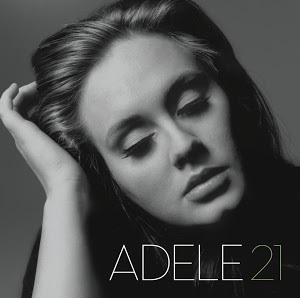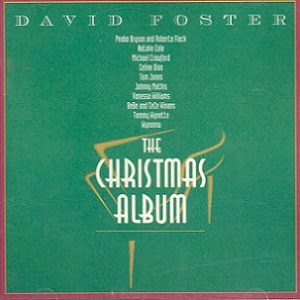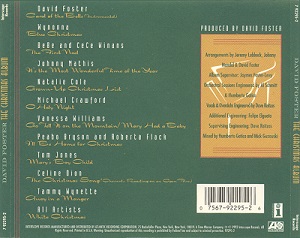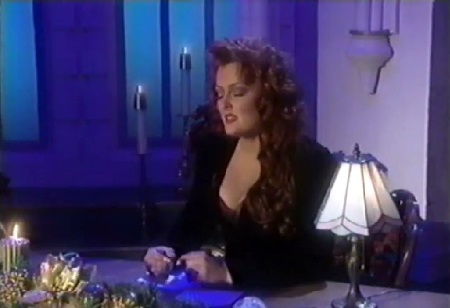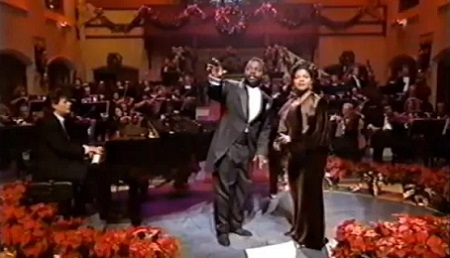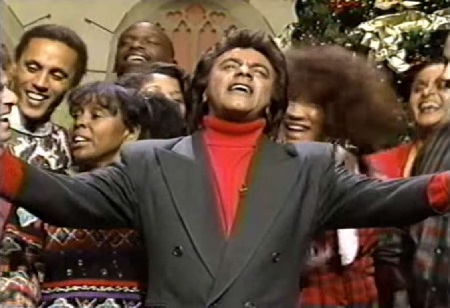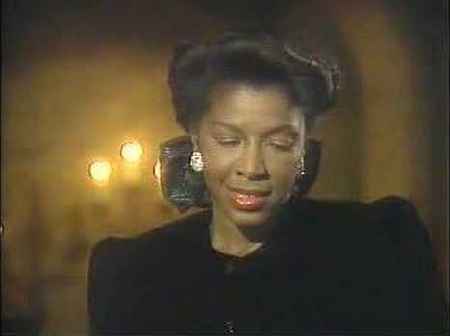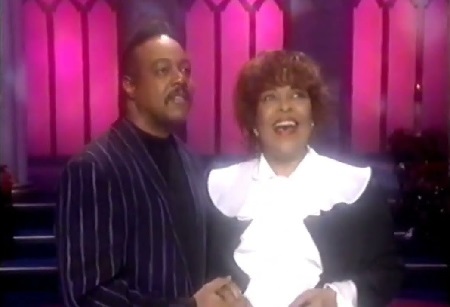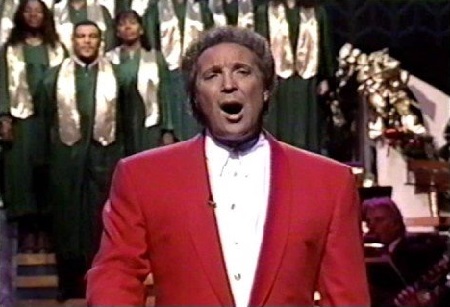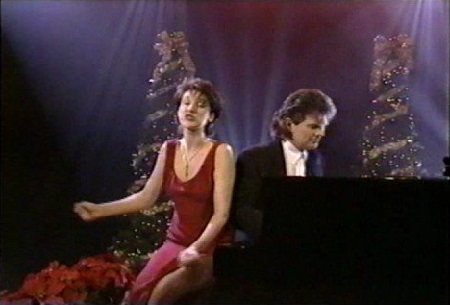Released February 17th, 1985 per the website All Music, the second studio album for the band Tears for Fears thematically focuses on emotional healing. Songs from the Big Chair brings eight songs to bear for the alternative/indie rock, college rock, contemporary pop/rock, new wave, punk/new wave and club/dance classified band formed in Bath, Somerset, England. The album name itself, as noted here, was inspired by “the 1976 American TV drama series Sybil, in which the title character, suffering from psychiatric problems stemming from child abuse, seeks refuge in her therapist’s “big chair.””

The primary musicians performing on Songs from the Big Chair included Roland Orzabal on vocals, keyboards, guitars, synth bass , Linn Drum and grand piano, Curt Smith on vocals, bass guitar and synth bass, Ian Stanley on keyboards, Linn Drum and arrangements and Manny Elias on drums and drum arrangement.
Shout opens Songs from the Big Chair with a song inspired by “American psychologist Arthur Janov‘s school of Primal Therapy. This song was inspired by his primal therapy treatment, which worked by getting people to confront their fears by shouting and screaming. The name of the group came from Janov‘s book” Prisoners Of Pain: Unlocking the Power of the Mind to End Suffering, as noted here. The song enjoys an engaging sound through the refrain, as well as attention grabbing jingling percussion to open the experience. Shout charted as high as fourth in the United Kingdom and number one in the United States.

The Working Hour opens with a setting of the soundscape declaring the presence of saxophone and a sense of drums for two minutes before singing from Roland Orzabal comes into play. As Orzabal is quoted here as saying in support of this being his favorite song from the album, the “main saxophone riff is extremely important and powerful – it’s got that sort of ‘crying’ quality to it.”
Everybody Wants to Rule the World “is about the quest for power, and how it can have unfortunate consequences,” as noted here and in evidence from the song itself. Charting second in the United Kingdom and first in the United States, the song Charlie Don’t Surf by The Clash includes a line that matches the song title of this Tears for Fears song.

Mothers Talk offers a political bent first in pointing out parental raising techniques, wherein mothers have warned their kids against making silly facial expressions. Second, the “anti-nuclear cartoon book When The Wind Blows by Raymond Briggs,” as noted here, inspired the Cold War messaging of the band’s opposition to nuclear tension among countries that the band felt could compromise. Turning that second message into a statement of telling society to stop being childish is fair enough. Mothers Talk charted as high as fourteenth in the United Kingdom and number twenty-seventh in the United States.

I Believe “was an homage to the style and work of British singer-songwriter Robert Wyatt,” as pointed out here. Charting as high as twenty-third in the United Kingdom, this ballad expresses love for the grand piano and the saxophone with “the narrator taking a hard look at his beliefs, including whether his destiny is created through free will or determined by fate, [further] challenging the listener to do the same.”
Broken breaks a unique rhythmic ground by offering an instrumental reverie of just over than 1-minute and 40-seconds that gives way to an almost dream-like sensibility of being overwhelmed in defeated emotion. The sense of being lost mentally yet physically in motion ends with emphasis on the sense that time has passed quickly with it passing in an echoing flight of timing flying past.
That sense of instrumental reverie flowing into a sense love slipping into fear of brokenness with Head Over Heels. As noted here, Head Over Heels charted as high as twelfth in the United Kingdom and number third in the United States while expressing an all-consuming love “for a girl and pleading with her not to break his heart.”

Listen closes the album Songs from the Big Chair at just under seven minutes, sonically setting mood through with interesting arrangements, operatic vocals, and lyrical invocations of Russia and allusions to American mythology through a lens of the fears expressed in Mothers Talk having been realized. Invoking lyrics in Spanish that mean “Birthday girl, no need to worry,” the reference to the television mini-series Sybil (1976) seemingly has come full circle by album’s end. While we started with the statement that the album invokes emotional healing, is the album in fact saying that the need for emotional healing is still on-going? My instincts say yes.
Additional musicians on the album included Chris Hughes on drums and Linn Drum, Sandy McLelland on backing vocals, Andy Davis on grand piano, Mel Collins on saxophone, William (Will) Gregory on saxophone, Jerry Marotta on percussion and saxophone arrangements, Neil Taylor on guitar, Stevie Lange on backing vocals, Marilyn Davis on operatic and backing vocals and Annie McCaig on backing vocals.
Matt – Saturday, February 17, 2024


















































